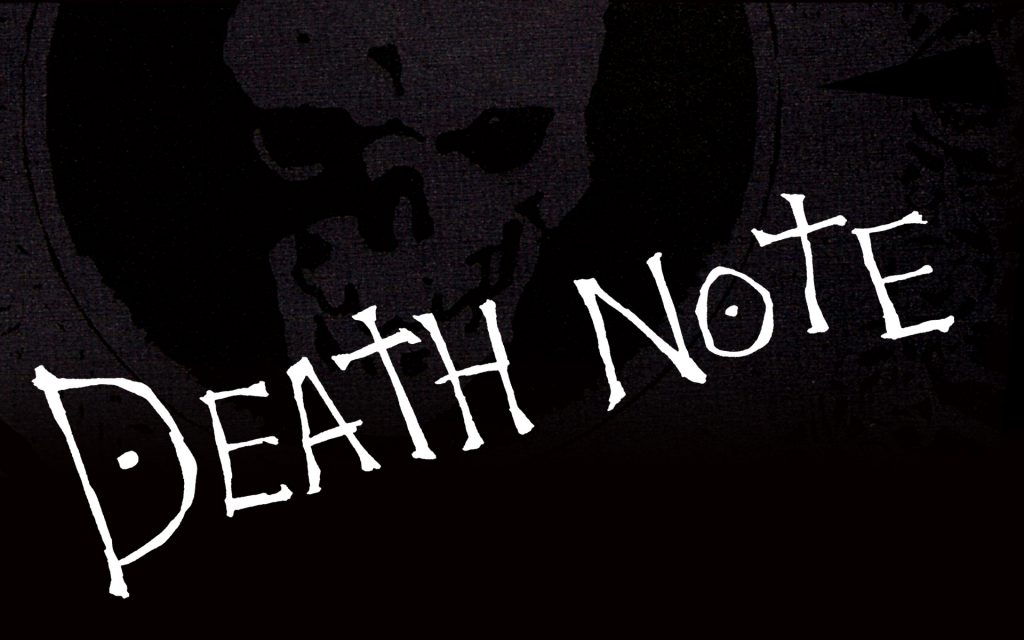Netflix’s new adaptation of the anime Death Note falls short of fans expectations. Photo Credit: Alatorde.
By Joshua Samuel
Netflix recently released an original movie adaptation of the anime, Death Note, on Aug. 25 and fans were quick to criticize the adaptation for not following the original storyline
Death Note focuses around Light Yagami, played by Nat Wolff in the adaptation, who is an intelligent high school boy who stumbles across a notebook, with the words, “Death Note,” written across it. The notebook gives him the power to kill whomever he wishes with a name written and face remembered.
It is a thrilling, psychological, and suspenseful anime that makes one think about the concept of absolute power. The difference between “good” and “evil” and the gray area in between are all questioned.
Director Adam Wingard created a movie that left a great deal of people upset or just plain outraged as the movie did not follow the original story and seemed rushed.
The biggest problem is that the movie is unsure of what it wants to be. Even with all its inaccuracies, it does not work well enough independently to be a spin off of the anime.
Unlike the original anime Ryuk, played by notable actor Willem Dafoe, pushes Light into using the Death instead of allowing Light to unleashing chaos on his own.
Viewers don’t get a sense of who Light is before he gets the Death Note. In the original series, Light’s character was strong enough that even after he immediately gets the Death Note, viewers could follow along and know exactly what his motives were. Light in the anime is immediately polarizing, he is shown to have a God complex and a stern hatred of all the crime in the world.
Light’s brilliant schemes and the lengths he goes to make sure his reign as Kira, the self-proclaimed God of the new world, will not be stopped.
The Light in this Netflix movie, whose last name is Turner for the adaptation, is extremely jaded and seems to be unsure of himself unlike the anime version whose confidence was a key part of his character.
This Light is also much sloppier in concealing his identity and uses huge outlandish kills only to showcase the movies visual effects, instead of putting in real thought in securing his identity.
The pacing is terrible and the revisions to Light’s character could have been excused if the viewer had more time to care about him.
Mia, as a newly introduced character, played by actress Margaret Qualley, is cold, calculating, and is Light’s main influence for using the Death Note.
Another problem is the character arc for L, played by Keith Stanfield, as a detective on the hunt to find out Kira’s identity.
Viewers of the original anime fell in love with his quirky behavior and loved the dynamic between him and Light. The Netflix version of L, however, is very emotional when put in heated situations. This change makes the dynamic between L and Light seem less interesting than two of the most intelligent and crafty characters of the series playing an intense cat and m.
Netflix’s Death Note is a disappointment. The soundtrack is overly sappy and unfitting to the dark themes of the show. The visual effects are overdone where it looks cheap and unconvincing.
The new characterizations could have lent themselves more to a series, where they would have had time to develop or could have been used to make entirely new characters. Instead, the director butchered the characterizations in a rushed film that displeased longtime fans and will make newcomers confused on why the anime was such a phenomenon to begin with.


